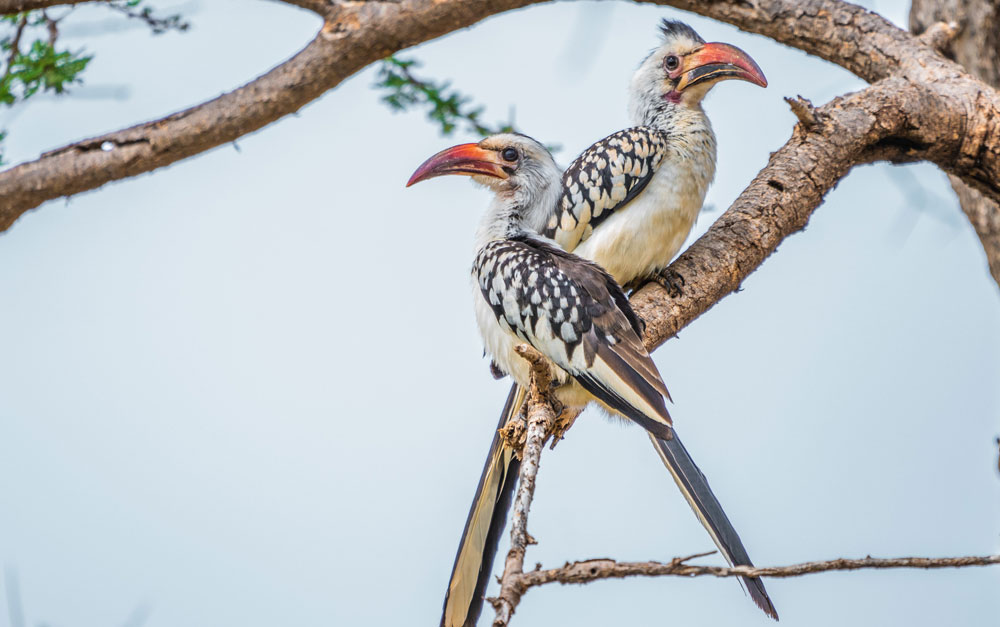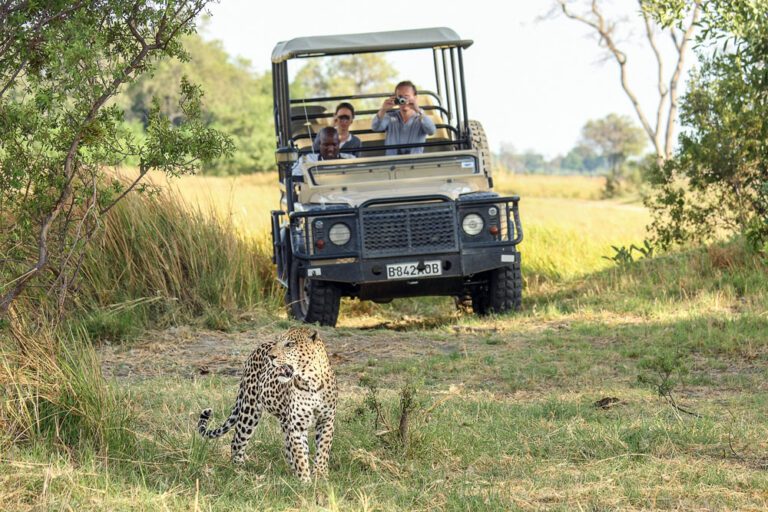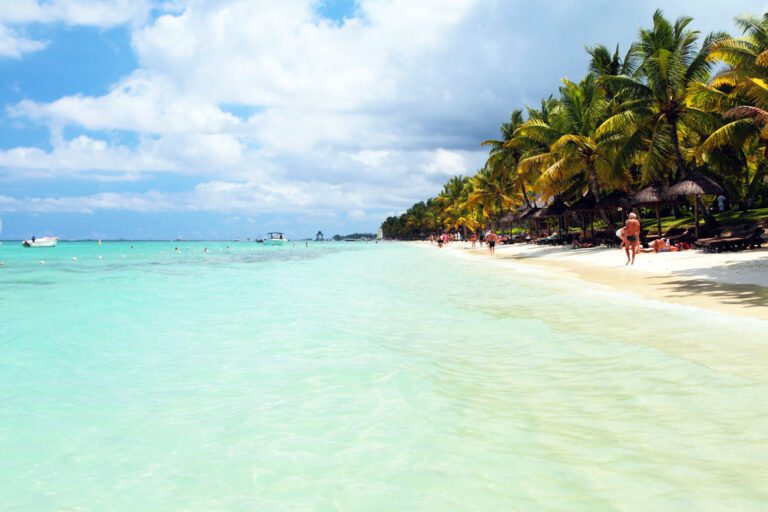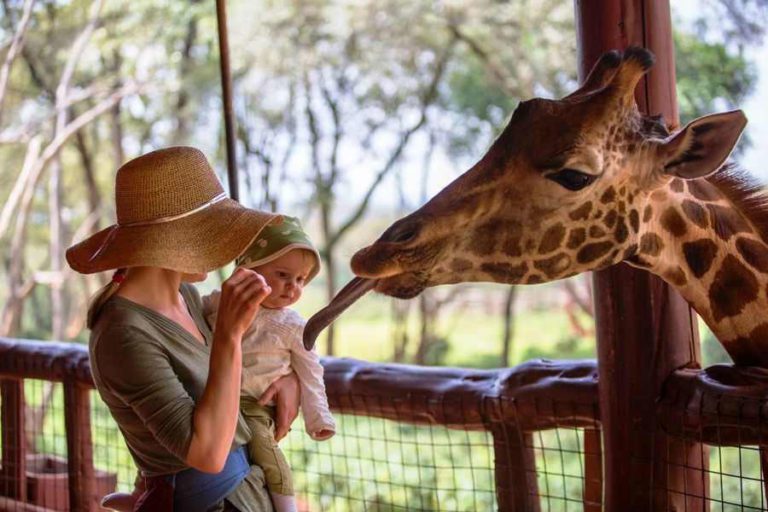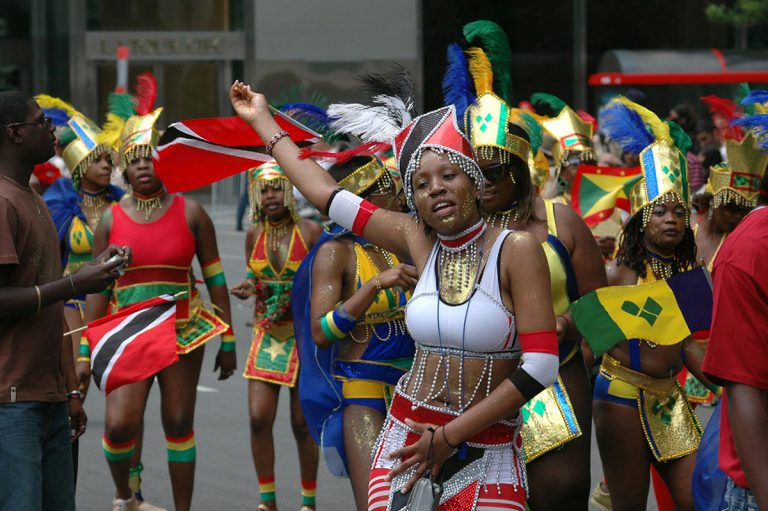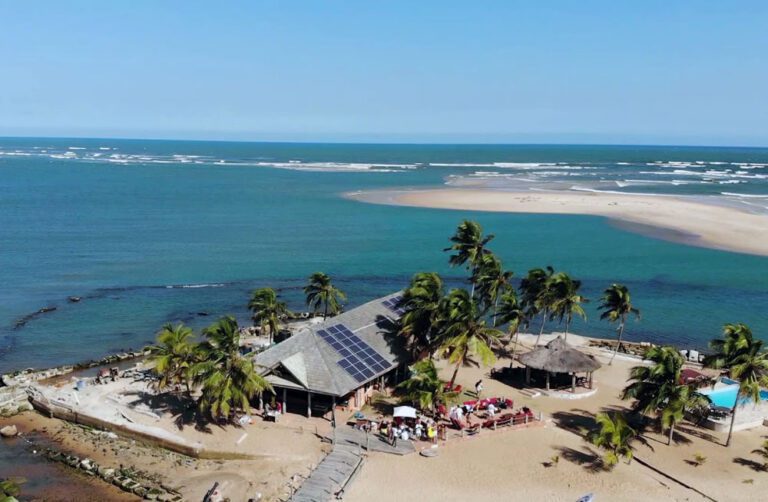Best Time to Visit Kenya
Last updated on June 8th, 2023 at 08:02 pm
The climate in Kenya is perfect for year-round safaris. The mild to warm temperatures allow you to comfortably enjoy afternoon game drives and other outdoor activities.
What is the best time to visit Kenya?
The dry season, which lasts from July to September and corresponds with the Great Migration of zebra and wildebeest, is one of the best seasons to visit Kenya.
Because many water sources dry up during the dry season and the animals have fewer places to drink, they tend to concentrate at permanent water sources where you may expect to observe higher densities and a greater variety of wildlife.
Insects and mosquitoes are typically less prevalent during the lengthy dry season than at other times of the year, which is another benefit.
The peak tourist season coincides with this time since it is the best time for observing wildlife, although it’s also the most expensive time to visit Kenya.
Furthermore, during the long summer break in Europe and North America, many family vacations take place in Kenya during this time of year.
What is the best time to see the Great Wildebeest Migration in Kenya?
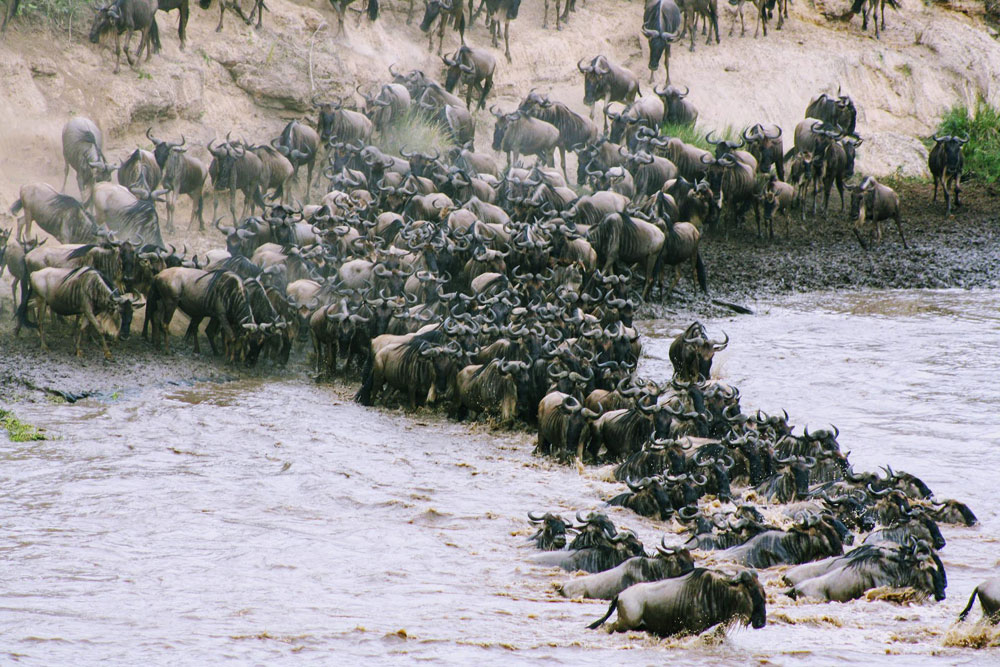
If watching the wildebeest migration is something you’ve always wanted to do, travel to Kenya in July when thousands of wildebeest and zebra migrate from Tanzania’s Serengeti to Kenya’s Masai Mara.
Due to the little rainfall, this is an excellent time to visit any of Kenya’s parks because wildlife sightings are at their best and animals gather around the few waterholes, allowing for the best possible wildlife sightings.
The rainy season is also a good time for planning your vacation in Kenya because there are fewer tourists and you can enjoy the breathtaking vegetation.
The “long rains” take place from March to May. For some people, the rainy season may not be the best time to go, but it may also be immensely rewarding because there are fewer tourists around, and you can appreciate nature’s serenity and stillness.
The constant rain makes visibility in some parks poor, and the hot and muggy weather causes some safari lodges and camps to close during this season.
Despite the possibility of reduced visibility for divers and snorkelers due to heavy rain, it’s still a great time to visit the Kenyan coast.
The Greatest Show on Earth: Witnessing the Wildebeest Migration in Masai Mara
A Month-by-Month Guide for Travel to Kenya
January
The start of the new year ushers in the hot and dry high season. Safaris, hikes, scuba diving, snorkeling, and beach vacations are all quite popular activities in January. The high temperatures are ideal for beach vacations along the coast of Kenya.
The dry season is perfect for hiking in areas like Hell’s Gate National Park as well as climbing Mount Kenya and other summits.
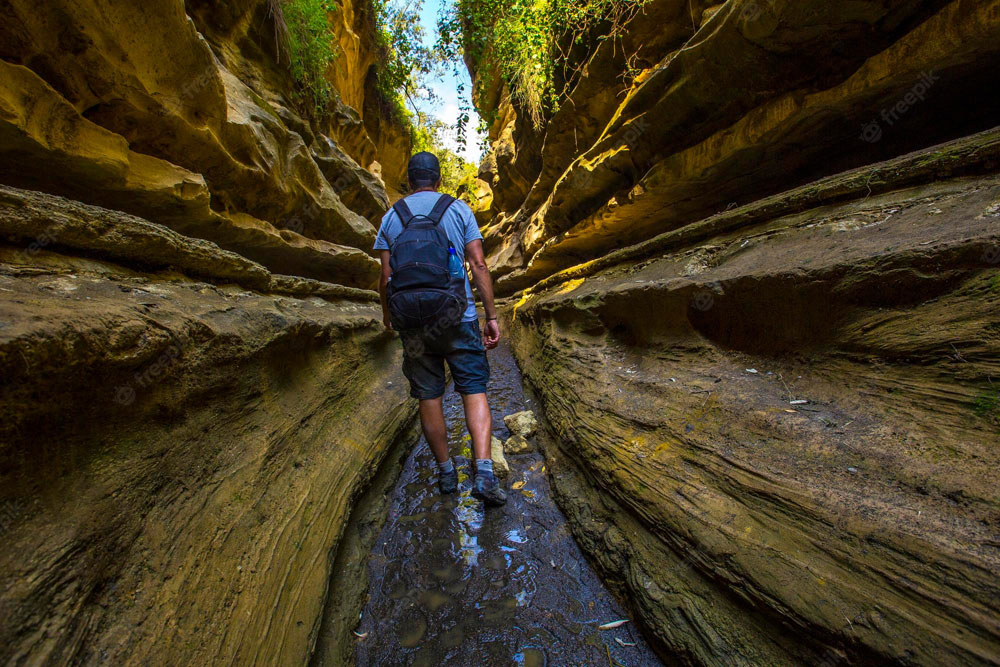
February
The dry weather and plenty of wildlife make this a fantastic month for a safari in Kenya. In comparison to the rest of the year, this month in the Masai Mara sees the least amount of rainfall, and there are more opportunities to see wildlife around watering holes.
Additionally, it’s the ideal season to hike in Hell’s Gate National Park and climb Mount Kenya.
March
Despite the fact that the rainy season starts in the second half of the month and temperatures start to rise, March is a very pleasant time to visit Kenya.
Large portions of the nation get rain this month making some locations challenging to visit due to impassable roads.
You should be fine in the first part of the month because rain usually starts falling later in the month and the low prices can work in the traveler’s favor.
March is a great month for diving and snorkeling on the Kenyan coast because the sea water is clear and visibility is good.
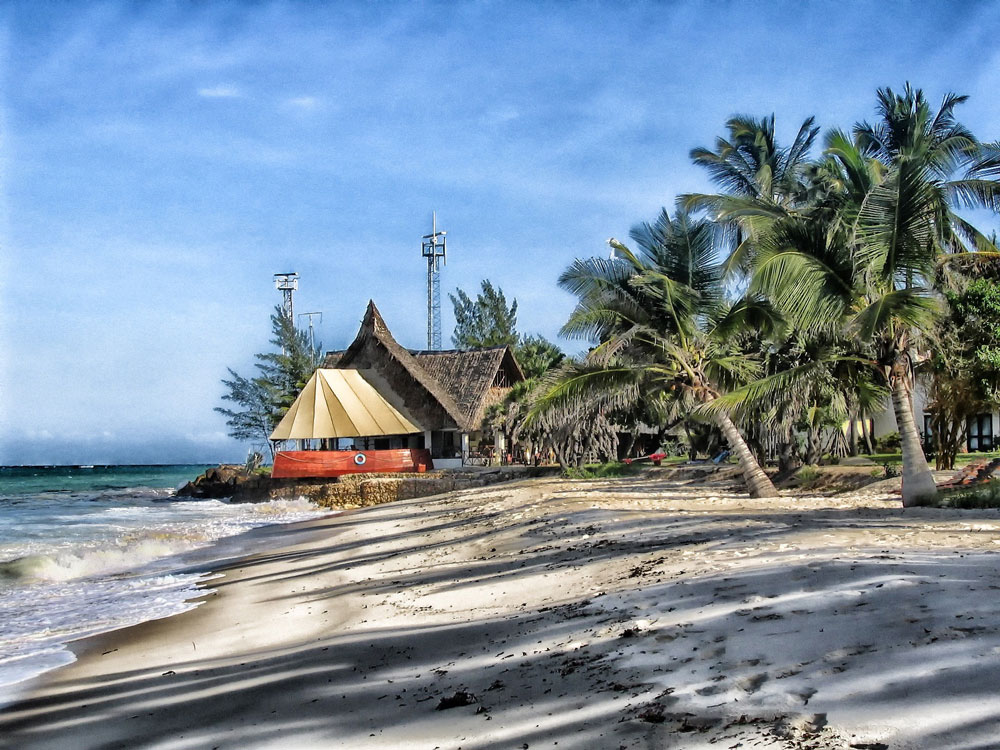
April
In April, Kenya experiences its wet season. The coast near Mombasa and Malindi may get very hot and muggy, despite being wetter and lusher.
Because of the dense foliage and fewer animals congregating at water sources, wildlife viewing can be more difficult, but the scenery is stunning and accommodation is less expensive.
Safaris in April are ideal for photographers. There is no dust, the surroundings are lush and exquisitely green, and the skies make stunning backgrounds for amazing wildlife photos.
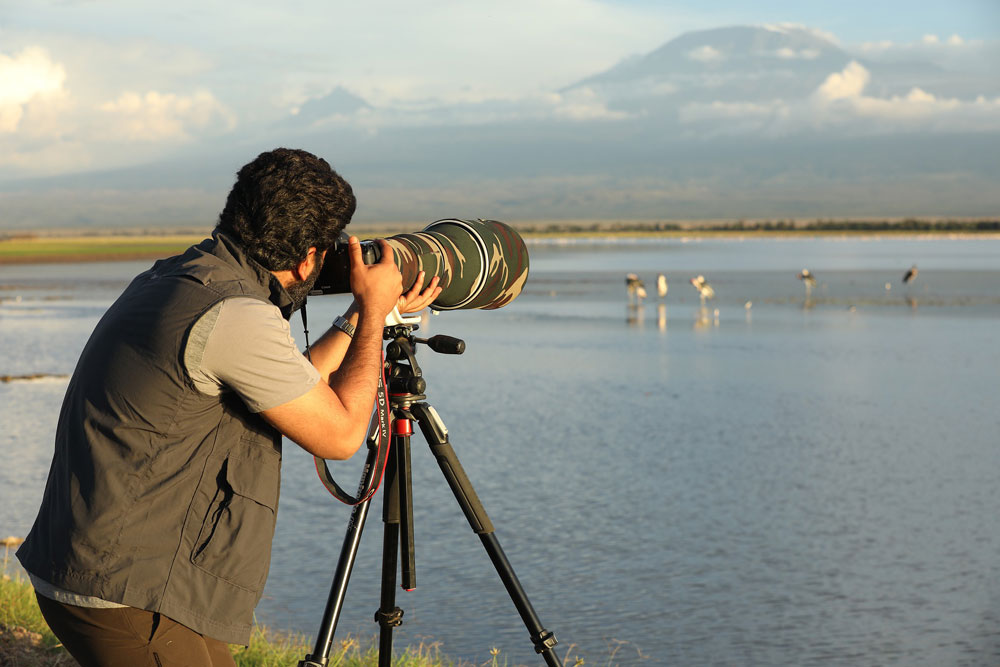
May
The greatest time to go on an African photo safari in Kenya is around May. Although seeing wildlife can be challenging due to the heavier vegetation, the light and colors can be fantastic for photography.
The Ewaso Ngiro River’s riverbanks are home to a variety of species, making Samburu National Reserve in northern Kenya a great choice in May.
Although the visibility is not ideal for diving and snorkeling along the coast, now is the perfect time of year to take advantage of special offers and visit several beaches in Mombasa, Malindi, Lamu, and Diani.
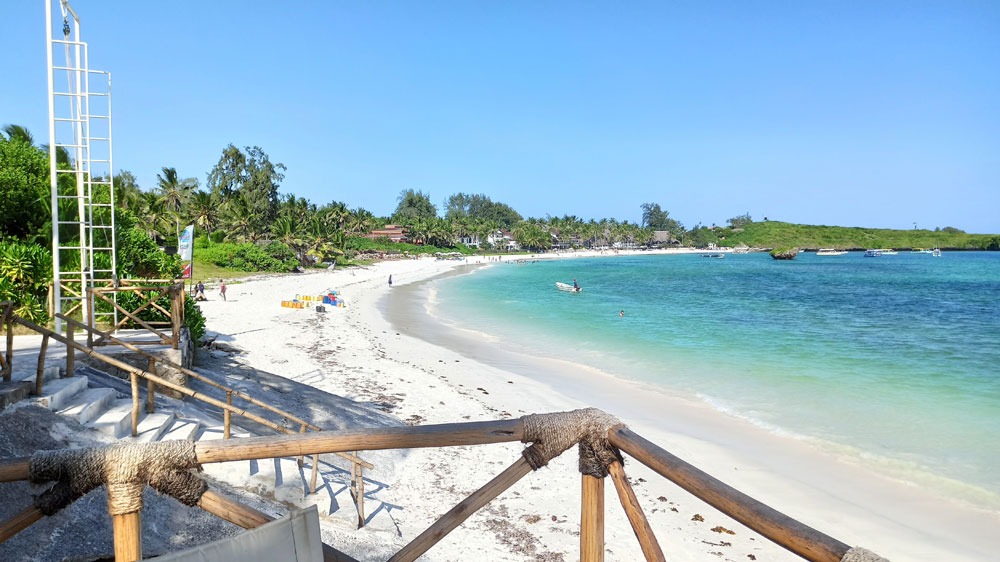
June
In anticipation of the peak season, June marks the start of cooler and cloudier weather. June is a great month to visit Kenya’s highlands because the humidity is low, which makes hiking and climbing a little easier.
In June, the weather is at its best, wildlife gathers around water sources, and the Masai Mara is filled with excitement as the herds of the Great Migration approach.
This is a great time to see animals, especially in northern Kenya after the long rains, and it also signals the beginning of the great migration.
Prices are a little lower and the coast is mainly dry until the summer season begins in July.
In June, the Rift Valley hosts the Lake Turkana Festival, one of Kenya’s largest cultural celebrations commemorating the history of the local people.
If you enjoy off-road racing, the Rhino Charge, an event that raises funds to support the conservation and protection of Kenya’s mountain range ecosystems, is a real treat.
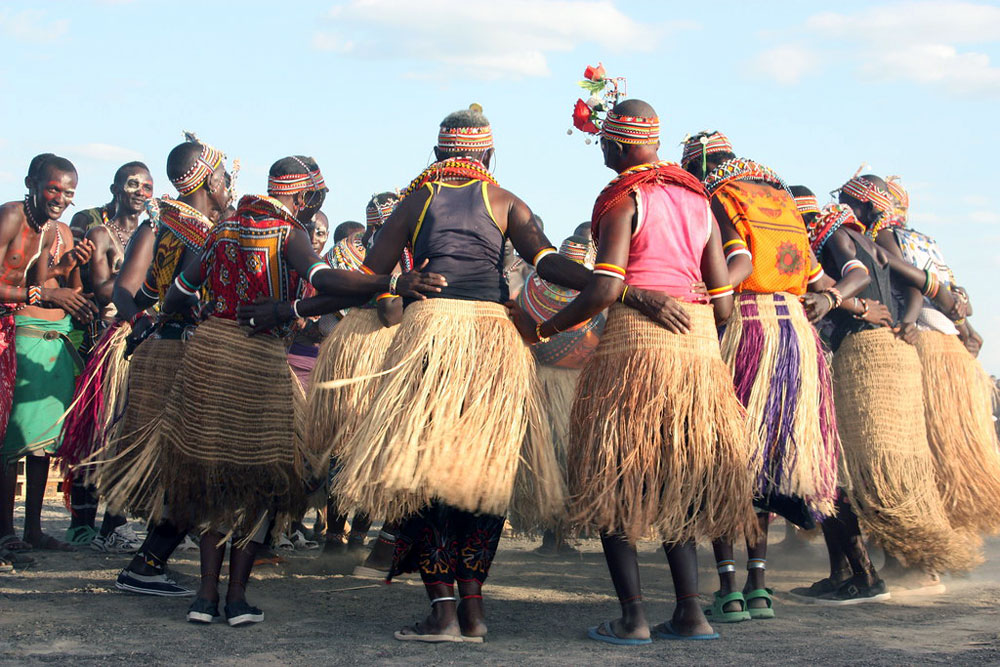
July
The peak season begins in July when temperatures are ideal throughout Kenya.
The great wildebeest migration, one of the world’s most incredible natural spectacles takes place in July. A large number of animals, including wildebeest, zebras, gazelle, elands, and impalas, move from the Serengeti to the Masai Mara. It’s the ideal time to view stunning river crossings up close.
The beaches and wildlife parks in Kenya are all at their best, attracting large numbers of tourists. Massive flocks of flamingos can be seen at Lake Nakuru throughout the month of July.
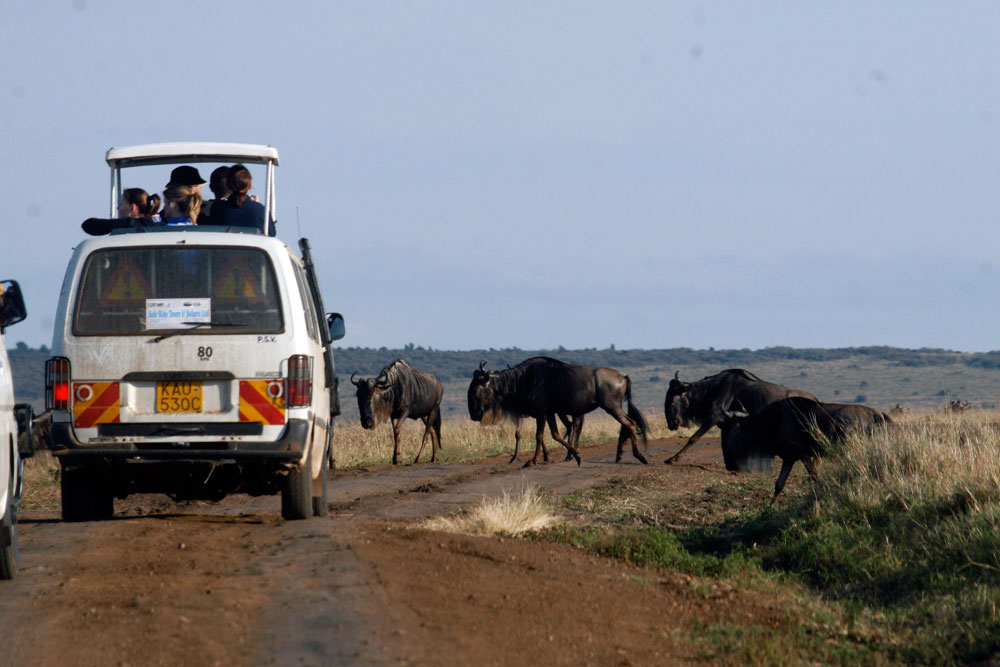
August
Although it’s a busy time of year, August is one of the finest overall months to visit Kenya. The Masai Mara plains are teeming with wildebeest as the Great Migration is in full swing.
The weather is favorable, and breathtaking sights can be seen as thousands of zebras and wildebeest bravely cross rivers while being pursued by waiting crocodiles.
Other national parks and conservancies in Kenya are also excellent to visit at this time.
The one-day Maralal Camel Derby offers a fantastic opportunity to see northern Kenyan culture through a vibrant display of camels, costumes, and tradition.
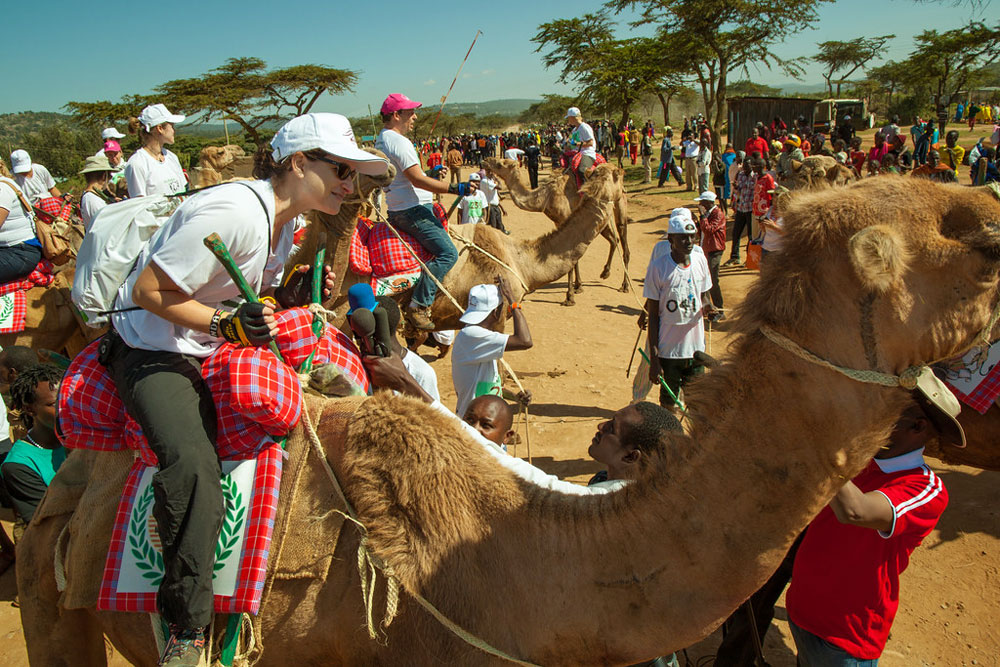
September
In September, the weather is often dry, and game-viewing activity continues. In terms of weather and wildlife, this month delivers the best of July and August, but with a little less crowding, particularly in the latter part of the month.
As the hot, dry weather rolls in and the likelihood of rain decreases, you may still see the wildebeest migration at the Masai Mara.
October
As migrating herds typically begin to leave the Masai Mara in October due to the warm, dry weather, there are fewer tourists in the area. However, Kenya has no shortage of wildlife that will keep safari enthusiasts captivated in this wildlife safari country.
An annual Rugby Sevens competition open to international teams, the Tusker Safari Sevens, is held in Nairobi in October, generating excitement in the nation’s capital.
November
The brief rainy season officially begins in November. Most of the camps and lodges in the parks are still open despite the rain. It’s a fantastic time to do a Kenya safari because it’s less expensive and less busy.
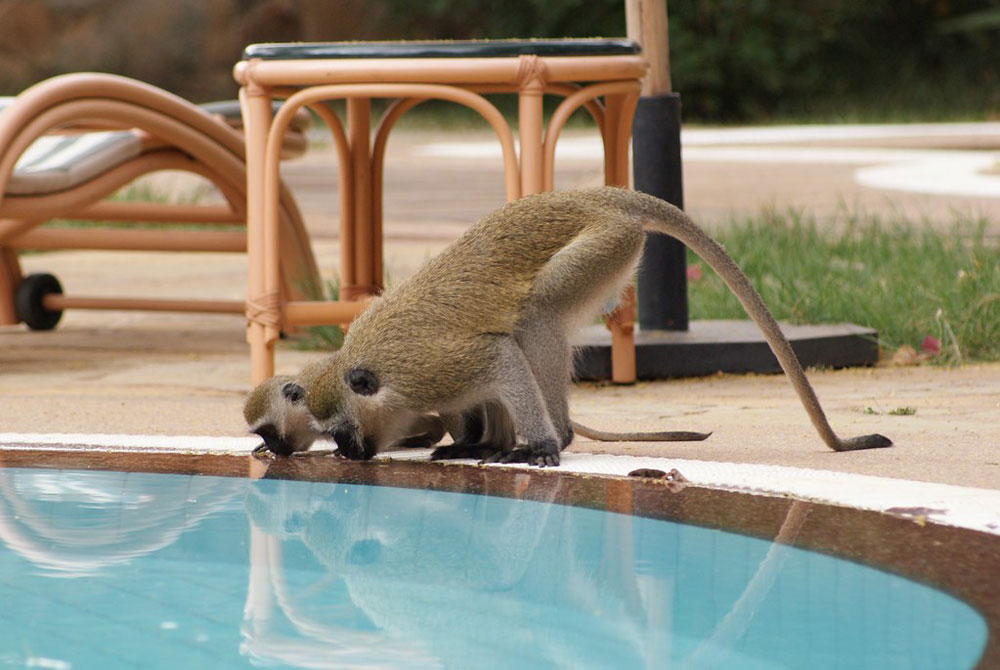
Both the Mombasa Carnival and the Lamu Cultural Festival celebrate the rich heritage of Kenya’s ethnic groups and communities from the coast, making November a wonderful month for festival enthusiasts.
Mombasa’s street parties are characterized by music and dance. The Lamu Cultural Festival, which takes place on the islands of Lamu off the northern coast, features thrilling events including traditional Swahili poetry, henna painting, donkey races, and dhow sailing. It concludes with a traditional Swahili wedding and the chance to sample diverse Swahili dishes.
Despite the sun and rain, November is still an excellent time to visit Kenya and embark on a safari or beach holiday.
December
If you enjoy lush, rich scenery, December in Kenya is quite spectacular. Around the middle of the month, the rains usually stop, and Kenya’s parks turn a stunning shade of green in anticipation of the upcoming high season in January and February.
Bird numbers soar during this time of year, making December a fantastic month for birdwatchers.
The two-day Rusinga Cultural Festival at Lake Victoria honors the diversity of Kenyan communities, while Kilifi’s Beneath the Baobabs Festival is one of the best music festivals along the coast and features East African and foreign artists.
